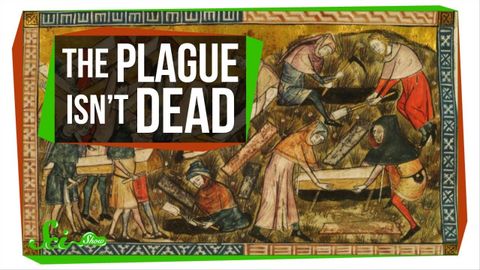瘟疫会不会再次兴起(Could the Plague Rise Again?)
joey joey 發佈於 2021 年 06 月 04 日  沒有此條件下的單字
沒有此條件下的單字US /ˈɛpɪˌsod/
・
UK /'epɪsəʊd/
- n.插曲;集;(電視或廣播節目的)一集;事件;一段時期;(疾病的)發作
- adj.冒犯的,惡毒的;刻薄的;不友善的;下流的;猥褻的;危險的;嚴重的
US /ˌɛpɪˈdɛmɪk/
・
UK /ˌepɪ'demɪk/
- adj.傳染性的;流行病的
- n. (c./u.)疫情
US /ɛnˈkaʊntɚ/
・
UK /ɪn'kaʊntə(r)/

